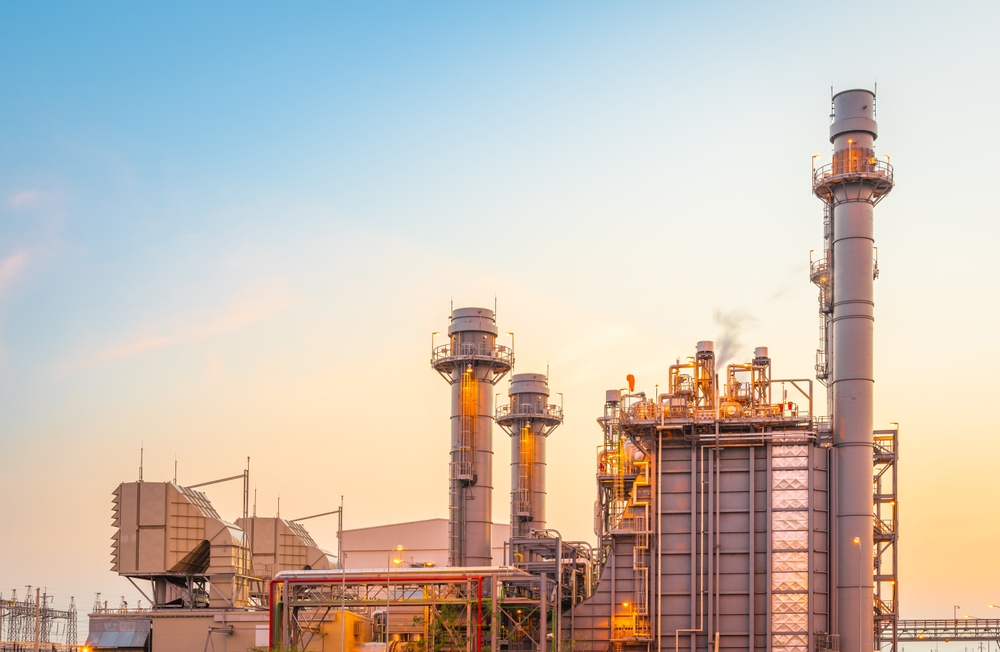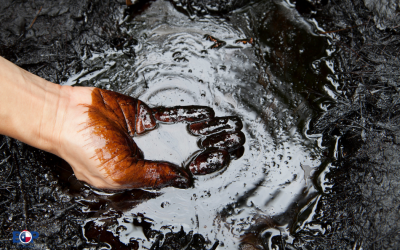Natural gas powers everything from home heating to manufacturing, yet few people know how it’s actually collected. This clean-burning fuel starts deep underground, trapped in rock formations and reservoirs. Thanks to advanced drilling and extraction methods, the natural gas industry can safely and efficiently bring this resource to the surface. With more than 34 trillion cubic feet of natural gas produced each year in the United States, understanding how it’s collected helps explain how energy moves from the earth to your home. Let’s break down how natural gas is extracted, processed, and delivered for everyday use.
What Is Natural Gas?
Natural gas is mostly made of methane, a gas that burns clean and gives off lots of energy. It forms over millions of years when tiny plants and animals get buried under layers of soil or ocean floor sediment. Heat and pressure slowly turn this organic matter into gas. Often, natural gas shows up alongside oil and coal in the same rock formations, so when you’re drilling for one, you might find the others too. Understanding how gas forms helps you plan safer, more efficient extraction and production.
Where Is Natural Gas Found?
Natural gas hides in different types of rock formations underground. You’ll find it in shale gas, tight gas, and coalbed methane, each trapping the gas in unique ways. In the United States, major production comes from places like Texas, Pennsylvania, and Louisiana, while countries like Saudi Arabia are also big players. Some reservoirs are conventional, where gas naturally flows to the well, and others are unconventional, needing special methods like horizontal drilling or hydraulic fracturing to get the gas out. Knowing the type of formation helps you choose the right extraction method and equipment for the job.
How Is Natural Gas Extracted from the Earth?
Extracting natural gas from the earth takes careful planning and the right equipment. The process starts with exploration, where you locate underground reservoirs using seismic surveys and geological data. Once a promising site is found, a drilling rig bores down vertically or horizontally to reach the gas. In some formations, like shale, hydraulic fracturing or fracking is needed to release the trapped gas by creating tiny cracks in the rock. Throughout extraction, you also need to keep an eye on environmental and safety concerns, from controlling pressure to managing emissions and protecting nearby water sources.
| Step | How It Works | Why You Do It |
| Exploration | Study underground rock formations with seismic surveys | Make sure the site actually has gas before drilling |
| Drilling | Drill straight down or sideways with a rig | Get to the gas trapped deep underground |
| Fracking | Pump fluid to crack shale and free the gas | Extract gas from tight or tricky rock formations |
| Safety & Environment | Monitor pressure, emissions, and water sources | Keep operations safe and reduce environmental risks |
The Processing of Natural Gas
Raw natural gas coming straight from the ground isn’t ready to use yet. It usually contains impurities like carbon dioxide (CO₂), water vapor, and sulfur, which can be harmful or reduce efficiency if burned as-is. That’s where natural gas processing plants come in. These plants clean and separate the gas so it meets safety and quality standards before it enters pipelines.
During processing, byproducts like propane, butane, and natural gas liquids are also collected. These byproducts aren’t wasted; they’re used in everyday products, from heating fuels to plastics and chemicals. Cleaning and processing gas this way ensures it’s safe, efficient, and ready for homes, businesses, and industries across the country.
From Processing to Distribution
After natural gas is processed, it needs to get from the plant to homes, businesses, and industries. Here’s how that happens:
- Pipelines: Processed gas travels through a network of pipelines that connect processing plants to storage facilities and utility companies.
- Compressors: Along the way, compressors push the gas through long pipelines, keeping it moving efficiently.
- Metering Stations: These stations measure the amount of gas flowing through the pipelines to ensure accurate delivery and billing.
- Storage: Gas is stored in underground facilities or tanks to balance supply and demand, making sure there’s always enough when customers need it.
- Delivery to Consumers: Once measured and stored, the gas is sent through local distribution lines to homes, businesses, and industrial sites, ready for use.
This system ensures natural gas moves safely, efficiently, and reliably from the processing plant to the end user.
The Role of Technology in Natural Gas Collection
Technology has completely changed how natural gas is collected, making the process safer and more efficient. Modern drilling technology lets you reach deeper or harder-to-access reservoirs while reducing risks on site. Automation and real-time data help you monitor pressure, flow, and equipment performance, so problems can be spotted and fixed immediately. At the same time, the industry is pushing for sustainability, using cleaner methods and capturing more energy from the gas while reducing emissions. These advancements let you extract natural gas smarter, faster, and with less impact on the environment.
Frequently Asked Questions
What is the difference between natural gas and oil?
Natural gas is mainly methane and burns cleaner, while oil is a thicker liquid made from a mix of hydrocarbons. Both form from buried organic matter over millions of years, but they require different extraction and processing methods.
How do you know if a site has natural gas?
Exploration uses seismic surveys, geological mapping, and sometimes test drilling to locate underground gas reservoirs before full-scale extraction begins.
What is hydraulic fracturing, and why is it used?
Hydraulic fracturing, or fracking, pumps fluid into shale or tight rock to create small cracks. This releases gas that wouldn’t flow naturally, making it possible to extract from unconventional formations.
How is natural gas processed before it reaches consumers?
Processing plants remove impurities like CO₂, water vapor, and sulfur, and separate valuable byproducts such as propane and butane. This ensures the gas is safe, clean, and efficient for use.
Can natural gas be stored for later use?
Yes. After processing, gas is stored in underground facilities or tanks. Storage helps balance supply and demand, so there’s always gas available when homes and businesses need it.
How Is Natural Gas Collected?
The natural gas collection process starts deep underground, where ancient organic materials transformed into energy-rich gas over millions of years. Through modern drilling and processing technology, this gas is safely extracted, purified, and transported to power homes, industries, and cities across the United States.
As oilfield equipment manufacturers in Houston, we help support the production of natural gas by designing and building pressure control and flow-through equipment that keeps operations safe and efficient. Our products are essential in maintaining the reliability and performance of drilling systems across the natural gas industry.
Ready to strengthen your next project with dependable equipment? Contact us today to get a quote and see how our solutions can help you maintain safety, performance, and productivity in your operations.




